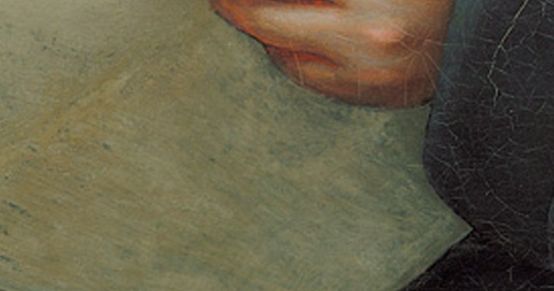"Gassenhauertrio"
Beethoven every Friday: on the 250th anniversary of his birth, we take a look at one of his works every week. Today it's the trio for piano, clarinet and cello in B flat major, the so-called "Gassenhauertrio".

At a time when people are more likely to stick mini-pods in their ears when they're out and about than hum or whistle a tune themselves, the beautiful word "Gassenhauer" has long since gone out of fashion. While the popularity of music today is determined by charts, in the past it was voted on with the feet, or more precisely: on the street, namely by picking up the "catchy tune" and passing it on. In the decades around the turn of the 19th century, composers also liked to pick up on such popular melodies, wrote all kinds of arrangements (mostly for piano) and were well paid by publishers. Joseph Gelinek (1758-1825) was the undisputed "king of variations" in this respect in his day. Beethoven, however, always took a particularly thorough approach to a popular song.
Only rarely are such variations to be found in a chamber music context, as in the finale of the Piano Trio in B flat major op. 11, which is scored for clarinet (instead of violin).Pria ch'io l'impegno" a melody from the opera L'amor marinaro ossia Il corsaro (Der Korsar oder Die Liebe unter den Seeleuten) by Joseph Weigl (1766-1846), which was first performed at the Burgtheater in Vienna on October 15, 1797. However, in this case it was probably not only the catchy music that contributed to its rapid popularity, especially as it does not come from an aria or canzonetta, but from a trio (at the beginning of Act II) between the captain, his servant Pasquale and Cisofautte, a bandmaster who sets clear priorities for himself: "But before I show myself as a master / I must first eat. / Then they will see / how much I can do. / When from the heights / to the depths / my hollow stomach / resounds so brightly." The vernacular is "An empty stomach can't jump well" not too far away from that.
Not quite an "evergreen", the "Pria ch'io l'impegno" inspired numerous contemporaries to create variations, fantasies or even more - in addition to works by Joseph Eybler, Johann Nepomuk Hummel, Joseph Wölfl and Friedrich Kalkbrenner, Nicolò Paganini even wrote a Sonata con Variazioni op. 29 for violin with orchestral accompaniment. And as late as 1832, a certain H. W. Stolze from Celle published a set of variations for piano and violoncello op. 6. Nevertheless, Weigl's melody has only survived in Beethoven's composition - which is now (and not entirely accurately) referred to as the "Gassenhauer Trio".
The libretto (Italian/German) was also published in Dresden in 1798 under a slightly different opera title; the "Gassenhauer" can be found on p. 118/119 (scan 122/123). Link to the libretto.
Listen in!







